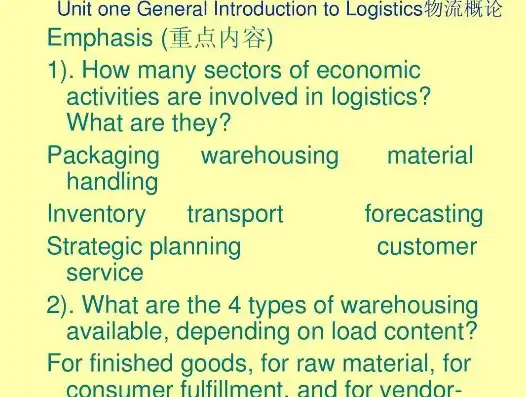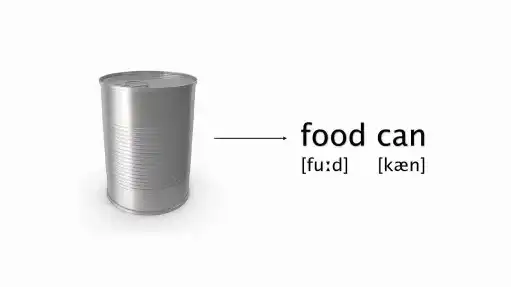Container Technology, in English, refers to a technology that allows the encapsulation of an application, including its code, configuration files, and dependencies, into a standardized and portable container. This container can then be run on any computing environment, regardless of the underlying hardware or operating system. The concept of container technology has gained significant popularity in recent years, thanks to its numerous benefits and applications across various industries.
In this article, we will delve into the meaning of container technology in English, its history, components, benefits, and use cases. By the end of this article, you will have a comprehensive understanding of what container technology entails and how it has revolutionized the world of software development and deployment.
I. Definition and History

图片来源于网络,如有侵权联系删除
Container technology, in English, refers to the practice of encapsulating an application, its libraries, and dependencies into a single, portable package. This package, known as a container, ensures that the application runs consistently across different environments, including development, testing, and production.
The concept of container technology can be traced back to the 1970s when Unix operating systems introduced the concept of chroot. Chroot allowed users to run processes in a restricted environment, where the root directory could be changed. However, it was limited in its capabilities and could not be used for complex applications.
The modern container technology gained momentum with the introduction of Docker, an open-source platform for containerization, in 2013. Docker revolutionized the industry by providing a simple and efficient way to create, deploy, and run containers. Since then, container technology has become an essential component of modern software development and deployment.
II. Components of Container Technology
Container technology comprises several key components that work together to enable the encapsulation, deployment, and management of applications:
1、Container Engine: A container engine, such as Docker, manages the lifecycle of containers, including creation, deployment, and orchestration. It ensures that containers are isolated from one another and the host system, maintaining security and performance.
2、Container Format: A container format defines the structure and specifications of a container. Common container formats include Docker Image, OCI Image, and App Container (ACI).
3、Container Orchestration: Container orchestration tools, such as Kubernetes, manage the deployment, scaling, and operation of containerized applications. They automate the complex tasks involved in managing containerized environments, such as load balancing, service discovery, and self-healing.
4、Container Runtime: A container runtime is responsible for executing the container's processes. Common container runtimes include runc, containerd, and runV.

图片来源于网络,如有侵权联系删除
III. Benefits of Container Technology
Container technology offers several benefits to organizations and developers, including:
1、Portability: Containers can be run on any computing environment, making it easier to deploy applications across different platforms and devices.
2、Consistency: Containers ensure that applications run consistently across different environments, reducing the "it works on my machine" problem.
3、Scalability: Containers can be easily scaled up or down to meet the demand, allowing organizations to optimize their resources and reduce costs.
4、Isolation: Containers provide isolation between applications, ensuring that one application does not interfere with another, thereby enhancing security and performance.
5、Efficiency: Containers require fewer resources compared to traditional virtual machines, resulting in lower infrastructure costs and faster deployment times.
IV. Use Cases of Container Technology
Container technology has found applications in various industries, including:

图片来源于网络,如有侵权联系删除
1、Web Applications: Containers are widely used for deploying web applications, enabling organizations to achieve high availability, scalability, and efficiency.
2、Microservices Architecture: Containers are an essential component of microservices architecture, allowing developers to build, deploy, and manage complex applications with ease.
3、DevOps: Containers facilitate the continuous integration and continuous deployment (CI/CD) process, enabling organizations to streamline their software development lifecycle.
4、Cloud Computing: Containers are used in cloud computing environments to provide scalable, secure, and efficient services.
5、IoT: Containers are utilized in the Internet of Things (IoT) domain to enable the deployment and management of smart devices and applications.
In conclusion, container technology, in English, refers to the encapsulation of an application, its code, configuration files, and dependencies into a standardized and portable container. This technology has revolutionized the world of software development and deployment, offering numerous benefits and applications across various industries. By understanding the components, benefits, and use cases of container technology, organizations and developers can leverage its potential to build, deploy, and manage applications efficiently and effectively.
标签: #容器技术是什么意思啊英语


评论列表